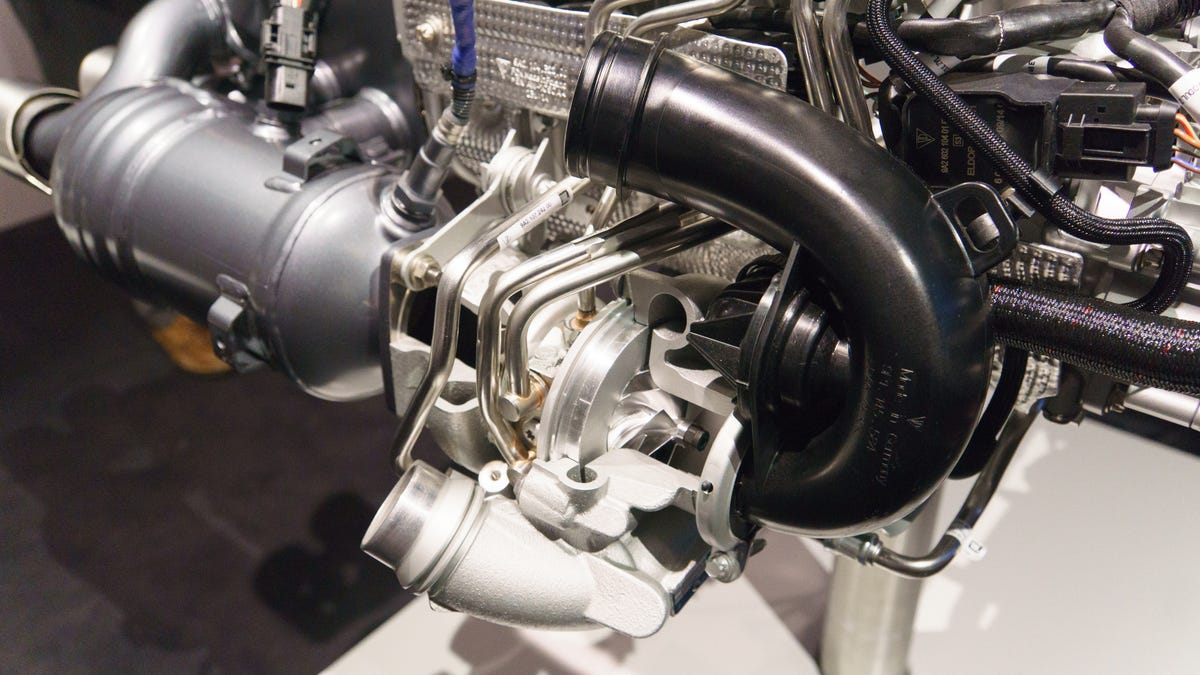We're spending less and more at the gas pump simultaneously
In our quest for higher mpg ratings, we're consuming more premium gasoline, as it grants several benefits to high-strung, efficient engines.

As more buyers pay attention to vehicle efficiency and seek out cars that pack efficiency-boosting features, those gasoline bills might not fall as quickly as expected. According to the Energy Information Administration (EIA), that's because one particularly popular method of boosting emm-pee-gees is driving an increase in premium fuel consumption.
Using its own data, the EIA claims that the share of premium in overall fuel sales rose to 11.3 percent in August and September of last year, the highest it's been in a decade. At the same time, the number of vehicle requiring or recommending higher-octane fuel is also up. And these trends show no signs of stopping.
While there is no single root cause, much of this can be attributed to one thing -- turbocharging. To put it simply, adding a turbo allows manufacturers to achieve better fuel economy with a smaller motor. There's loads of payoff with few downsides. One of those downsides, though, is an increased need for premium fuel.
Turbocharging increases cylinder pressure. Increasing cylinder pressure (and also the compression ratio) can cause premature fuel detonation, known as knock. It can damage the engine, but higher-octane fuels are more resistant to knock, so that's why your fancy new motor might have "Premium Recommended" slapped on the gas cap.
EIA's study shows that only 3.3 percent of model-year 2009 vehicles sold had turbocharged engines. Five years later, that figure is up to 17.6 percent, and EIA projects that 83.3 percent of new cars will be turbocharged in 2025. In short, your trips to the pump might be more spread out, but the cost savings might not be as great as expected.

